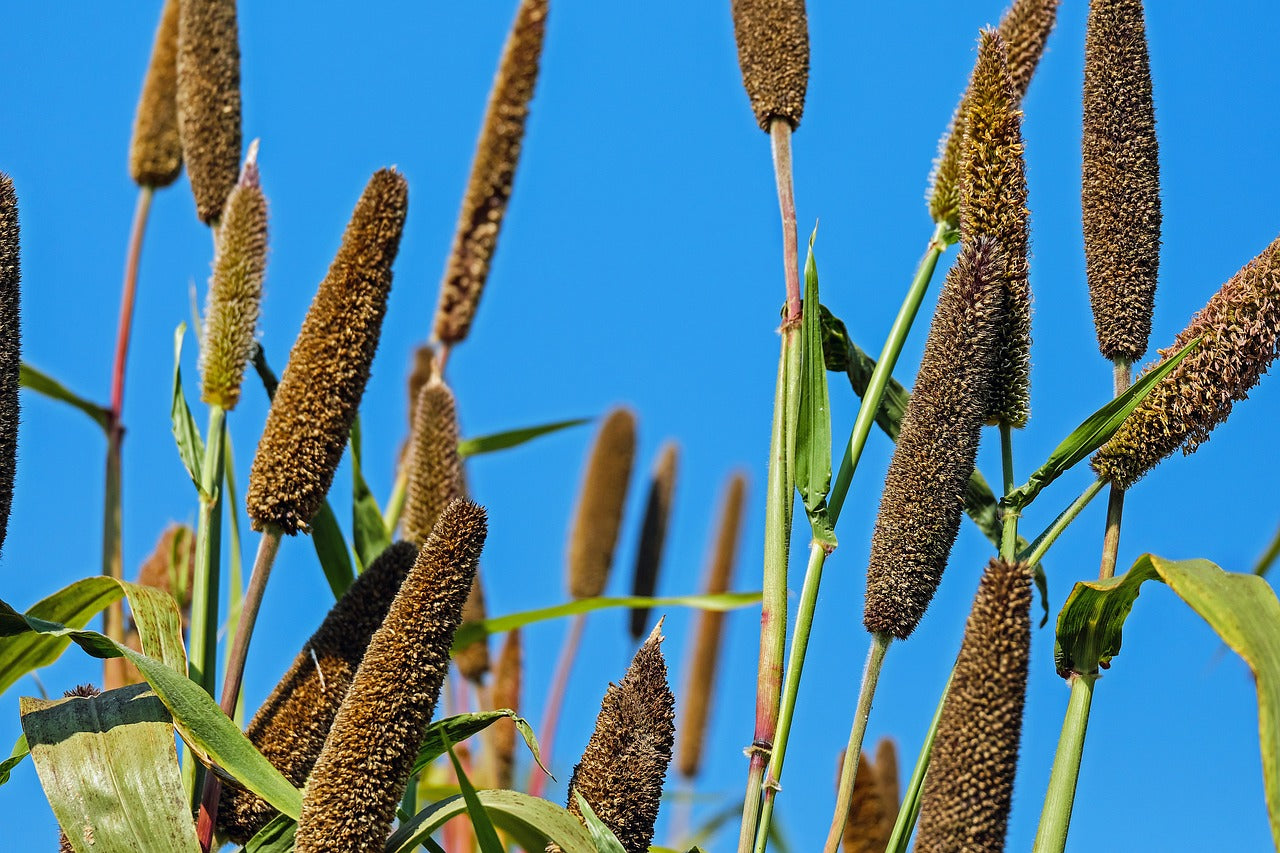

Are Millets Gluten-Free? The Ultimate Guide to this Ancient Grain
Millet, an ancient grain that has been cultivated for thousands of years, is gaining popularity in the modern world for its numerous health benefits, particularly for those following a gluten-free diet. But the question arises, are millets gluten-free? The answer is a resounding yes. All varieties of millet are naturally gluten-free, making them an excellent choice for those with celiac disease, non-celiac gluten sensitivity, or anyone looking to eliminate gluten from their diet.
Understanding Millets
Millet is not a single plant species, but rather a group of small-seeded grasses that are grown worldwide. These grains are not only nutrient-rich but also highly adaptable, growing well in arid and semi-arid regions, making them an important food source in many parts of Africa, Asia, and Eastern Europe.
While it may be classified as a grain, millet is actually a seed that cooks like a grain, allowing for vast culinary versatility. It can be used in a wide range of dishes, from breakfast porridges and bread to salads and side dishes. It also pairs well with a variety of foods, offering a slightly nutty flavor and a light, fluffy texture when cooked.
Are All Millets Gluten-Free?
Yes, all varieties of millet, including pearl millet, finger millet, proso millet, foxtail millet, and others, are naturally gluten-free. This makes them a perfect substitute for gluten-containing grains like wheat, barley, and rye in a gluten-free diet.
However, it's essential to note that while millet itself does not contain gluten, there can be a risk of cross-contamination during processing or packaging if the same facilities are used for gluten-containing grains. Therefore, it's always recommended to look for millet products that carry a certified gluten-free label.
Millet and Celiac Disease
For people with celiac disease, an autoimmune disorder triggered by gluten, incorporating naturally gluten-free grains like millet into their diet is crucial. Millet provides essential nutrients often lacking in a gluten-free diet, such as fiber, iron, and B vitamins. Its high fiber content also aids in digestion, making it a great choice for those with digestive issues often associated with celiac disease.
Health Benefits of Millets
Beyond being gluten-free, millets offer numerous health benefits. They are rich in antioxidants, which can help reduce the risk of chronic diseases. They also offer a wealth of vitamins and minerals, including B vitamins, magnesium, potassium, iron, and zinc. Moreover, millets are high in fiber, promoting better digestion and contributing to a feeling of fullness, which can aid in weight management.
Types of Millets and Their Uses
There are several types of millets, each with its unique nutritional profile and culinary uses. Here's a brief overview of some of the most common types:
Pearl Millet
Pearl millet is nutrient-dense, making it an excellent choice for winter when the body needs additional sources of energy. It can be used in a variety of dishes, from cereals and bread to salads and side dishes.
Foxtail Millet
Foxtail millet is high in iron and contains blood sugar-balancing carbohydrates, making it beneficial for individuals with diabetes. It can be used in a similar manner as pearl millet.
Finger Millet
Finger millet is rich in calcium, protein, and essential amino acids. It's commonly used in baking and is a popular choice for gluten-free bread and other baked goods.
Proso Millet
Proso millet is a higher protein wheat alternative, often used as a base for salads, as a side dish, or as a substitute for rice or couscous.
Millet for Cooking
Millet is a versatile grain that can be used in a variety of dishes. When cooked, it takes on a light, fluffy texture that works well in pilafs, salads, and grain bowls. It can also be used as a base for breakfast porridges, added to soups and stews, or even popped like popcorn for a gluten-free snack.
Millet flour, made from ground millet, is a fantastic gluten-free alternative for baking. It can be used in a range of baked goods, from bread and muffins to cookies and cakes. Remember, always ensure that the millet flour you choose is labeled as certified gluten-free to avoid any risk of cross-contamination.
One brand worth mentioning is Naario's Millet Muesli, which offers a delicious, gluten-free breakfast option packed with all the nutritional benefits of millet.
Final Thoughts
In conclusion, millets are an untapped gluten-free resource that offers a wealth of health benefits and culinary versatility. Whether you're living with celiac disease or simply choosing to follow a gluten-free diet, millets are a nutritious and delicious addition to your meals. As always, be sure to choose certified gluten-free products and enjoy the diverse culinary potential that this ancient grain has to offer.
